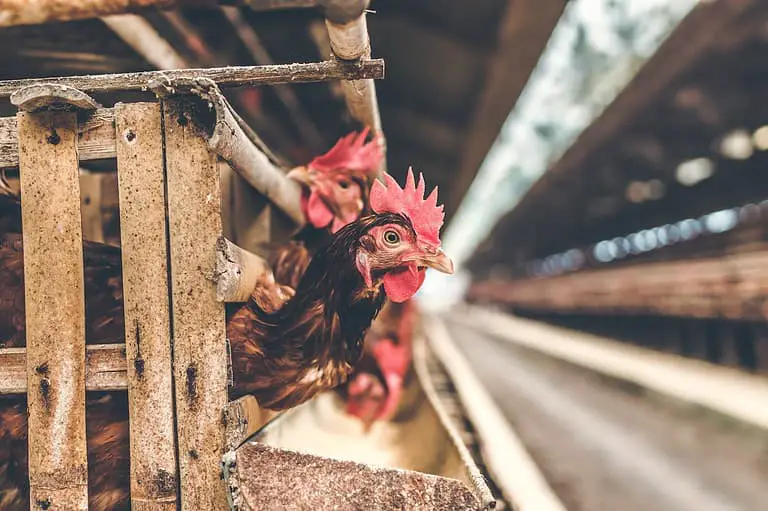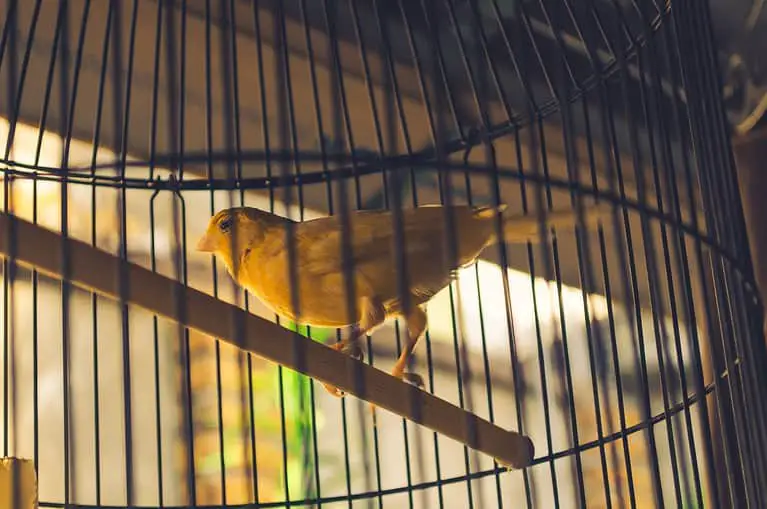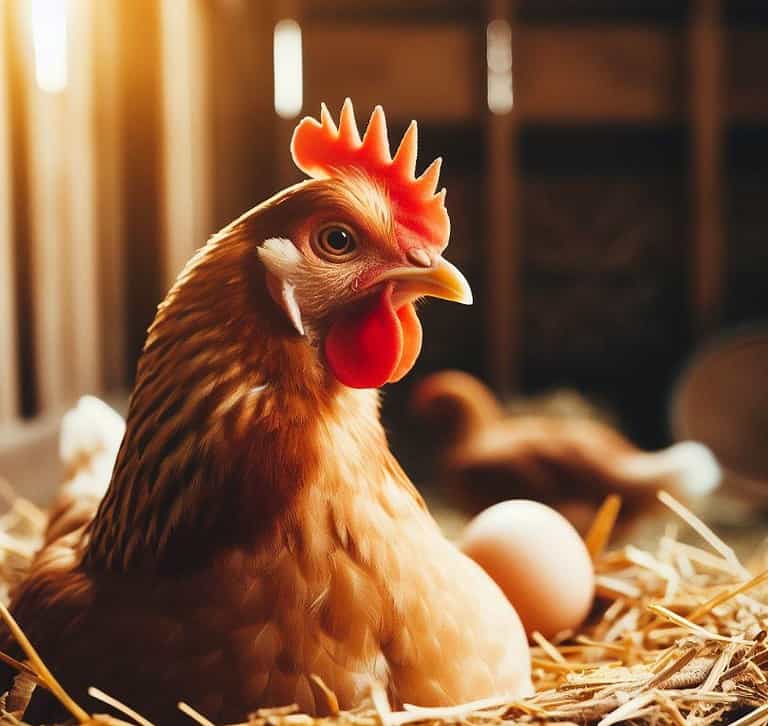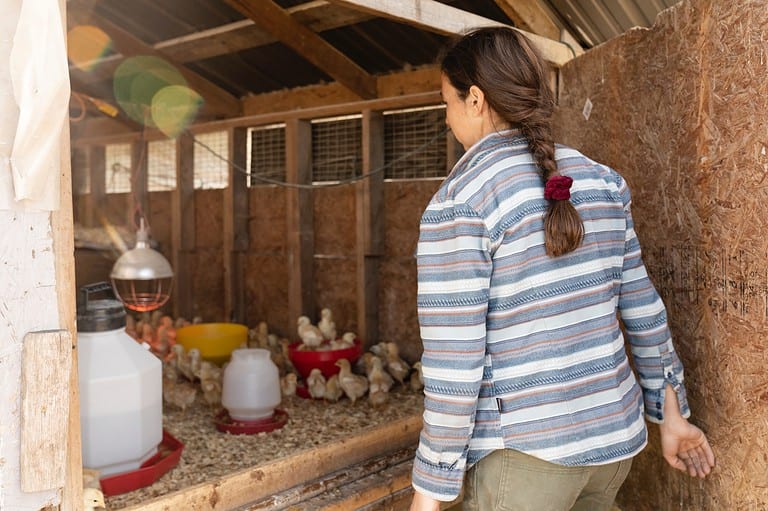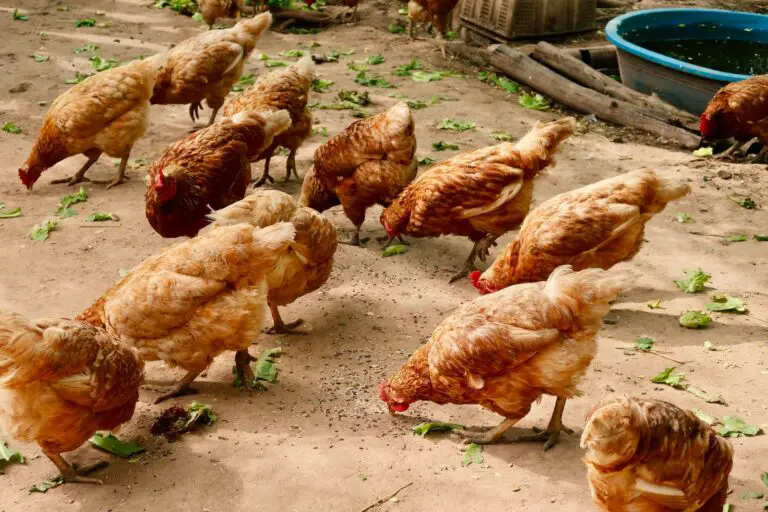The Ultimate Guide to Starting a Profitable Poultry Farm
Guide to Poultry Farming. The poultry industry has seen immense growth and transformation in the past decade, fueled by increasing demand for poultry products amid the COVID-19 outbreak.
As the most affordable source of animal protein, poultry farming presents a lucrative business opportunity for aspiring entrepreneurs and existing agribusinesses looking to diversify.
This comprehensive guide covers all the key aspects of starting and operating a profitable poultry farm.
An Overview of the Poultry Farming Industry

Poultry farming involves raising domesticated birds like chickens, turkeys, ducks, geese, quails, ostrich, emus, pigeons etc. for the purpose of eggs, meat, feathers, manure etc. Chickens are the most commonly farmed poultry bird given their high productivity for both eggs and meat.
The poultry industry is divided into different components:
- Breeders – parent breeding stocks that produce fertile eggs for hatching
- Broiler Production – chickens reared specifically for meat (broilers)
- Layer Production – hens raised for commercial egg production
- Hatchery – for incubation of fertile eggs and supplying day-old chicks
- Feed Mill – for producing balanced poultry feeds
- Processing – slaughtering, dressing, packaging poultry products
- Marketing – distribution, retail and sales of poultry products
Globally, the poultry industry has seen tremendous growth driven by increasing demand for poultry meat and eggs, improved production practices, vertical integration of production, processing and marketing under conglomerates, and exports.
As per National Chicken Council estimates, the production and consumption highlights in the global poultry industry are:
| Parameter | Estimated Global Figures 2021 |
|---|---|
| Broiler meat production | 106 million tonnes |
| Layer eggs production | 78 million tonnes |
| Broiler meat consumption per capita | 16.4 kg |
| Layer eggs consumption per capita | 13.2 kg |
The major broiler meat producing regions are Americas (47%), Asia (30%), Europe (19%), Africa (3%) and Oceania (1%).
For egg production, Asia leads with a 47% global share, followed by Americas (26%), Europe (18%), Africa (7%) and Oceania (1%).
Within Asia, India is the 3rd largest producer of eggs and the 5th largest producer of broilers.
The organized poultry sector in India is growing at a Compound Annual Growth Rate of 10%, supplying employment to over 1 million people.
Getting Started in the Poultry Business

For beginners, it is crucial to acquire basic training on poultry farm management from reputable institutions like agricultural universities or farming training centers before handling real birds. This helps you gain technical knowledge on:
- Poultry nutrition
- Disease control
- Vaccination programs
- Biosecurity principles
- Housing design and management
- Breed selection
- Hatchery operations
- Processing methods
- Waste management
- Business economics of poultry production
With training underway, you must make informed decisions on the type of poultry farming system to pursue. The major options are:
Broiler Chicken Farming
In broiler farming, you raise fast growing chicken hybrids that are bred specifically for meat production.
The commercial broiler strains like Cobb, Ross, Hubbard, Vencobb etc. are genetically selected for rapid weight gain and high feed conversion efficiency.
Broilers have a short lifespan of just 5-8 weeks from hatch to slaughter. Under ideal management, broilers can attain a market weight of 2-2.5 kg in less than 6 weeks.
This makes broiler farming highly productive and profitable.
Broiler chickens are kept in a broiler house with controlled environment, and fed ad libitum on high protein broiler starter and finisher feeds.
They have a voracious appetite and gain body weight rapidly.
Layer Chicken Farming
Here the focus is on raising egg laying chicken breeds housed in layer sheds to maximize egg production.
While dual-purpose breeds like the Rhode Island Red, Plymouth Barred Rock or New Hampshire can be used, specialized commercial layer strains like Bovans, HyLine, Isa Brown etc. are more productive.
Layer hens start laying eggs from 18-22 weeks of age and remain economically productive for up to 72 weeks during their laying cycle.
Well managed layers have a peak production of 320-330 eggs per year. By providing good layer feed, housing, light and care you can maximize egg output.
Operating a Poultry Hatchery
A hatchery specializes in incubation of fertilized eggs and supplying day-old chicks to farmers.
Parent breeding stocks (layer breeders) are raised in breeder farms to produce fertile eggs for incubation.
Modern hatcheries use industrial incubators with automatic temperature and humidity controls for large scale egg incubation.
Chicks hatch out after 21 days. The hatchery supplies day-old chicks to broiler and layer producers.
Other Poultry Species
In addition to chickens, other poultry like ducks, geese, quails, guinea fowl, turkeys, pigeons etc. can also be profitably raised as free range or intensive farm operations.
There is good demand for eggs, meat and live birds of these species in niche markets.
Evaluate your interests, market demand, available resources and infrastructure before choosing your preferred poultry niche.
Seek expert guidance on rearing the selected species.
Selecting the Best Location for Your Poultry Farm
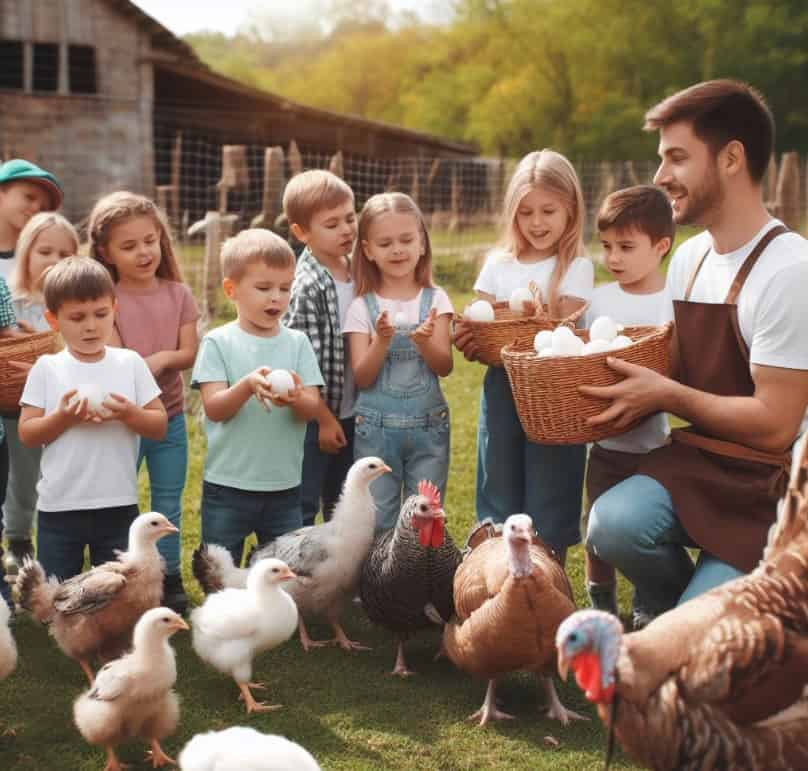
An appropriate farm location is crucial for success in poultry farming. Here are key factors to look for when selecting a site:
Nearness to labor – Consider proximity to villages or small towns so that workers can commute daily. Poultry farming is labor intensive.
Access to markets – Closer proximity to target markets like villages, town centers, cities means lower transportation costs and easier distribution.
Logistics for sourcing inputs – Ensure ready availability of chick, feed supplies, medications, vaccines and other essential inputs from nearby locations.
Access to amenities – Choose a site with electricity, all season access by roads, and preferably close to water sources for easy availability.
Scope for expansion – Select larger plots to accommodate expansion in the future. Account for space needed for warehousing feed, eggs, waste disposal etc.
Affordable land rates – Balance costs against location advantages when purchasing agricultural land for the farm.
Compliance with local regulations – Follow zoning restrictions and guidelines on poultry farm locations in residential areas.
Once you have secured an ideal farm site, develop quality housing and procure all equipment before stocking any birds. The farm infrastructure must be ready to receive day-old chicks.
Constructing Poultry Housing and Procuring Equipment
The poultry farm setup requires constructing housing suited to the selected species, installing equipment, and arranging supplies.
Poultry Housing
Construct functional poultry housing that protects birds from predators, regulates temperature, has good ventilation, lighting and easy access for care and management. The major housing options are:
Open Sided Housing– Most suitable for tropical hot climates. Side curtains can be dropped during cooling or heating needs. Easy ventilation.
Closed Housing – Tightly constructed house with controlled ventilation, cooling and heating systems. Ideal for temperate climates.
Free Range Production – Birds access housing at night but roam freely outdoors in daytime. Requires more land space.
Tailor house design, insulation, ventilation and temperature control to suit local climate and birds being raised. Follow biosecurity protocols separating clean and dirty areas.
Equipment and Supplies
Feeders and Drinkers – Provide sufficient, evenly spaced feeders and drinkers so all birds can eat and drink with minimal competition. Chick feeders and drinkers will be different from adult bird ones.
Perches – Installed at least 18-20 inches apart for layers to rest comfortably. Not required for broilers.
Nests – Individual nest boxes for egg laying hens. One nest box can serve 4-5 birds.
Lighting – Use LED lights with timers for adjusting day length to optimize egg laying or weight gain.
Ventilation – Exhaust fans, cooling pads, ventilation flaps etc. are used to maintain airflow.
Heating – Brooders or heaters for supplemental heating of young chicks during brooding.
Waste Management – Scrape manure into outside storage or install slatted flooring for droppings collection underneath.
Egg Collection – Gathering trays to safely convey eggs from nests to the storage room.
Fencing – Outdoor runs should have fencing for containment and protection from predators.
Procure all equipment from reputed manufacturers to ensure quality, durability and flock safety.
Selecting Healthy Chicks or Birds
The flock is the foundation of the poultry farm. Place utmost importance on sourcing healthy, high performing chicks or birds.
Buying Chicks
Source day-old chicks from reputable hatcheries that vaccinate and supply certified disease-free stocks. Indicators of health to look for when procuring chicks:
- Active, alert and agile
- Shiny, fluffy feathers, clean vent area
- Bright, clear eyes, no discharge
- No physical deformities
- Loud uniform chirping
- Strong appetite for feed and water
Avoid chicks with closed eyes, labored breathing, pasted vents, limping or weakness as they tend to have higher mortality.
Buying Adult Birds
When sourcing point-of-lay pullets for layers or ready-to-lay hens, visit the farm to check health and productivity parameters. Seek the following:
- Purebred, high producing breeds from reputed supplying farms
- No history of illness on the supplying farm premises
- Individual bird health – weight, feather cover, condition of feet/legs, keel bone, vent etc.
- Age confirmation from hatch records
- Vaccination details
Exercise caution when obtaining birds from sale yards as they may be culled low producers or have exposure to pathogens.
Managing Your Flock for Optimal Health and Productivity
The day-to-day functioning of the poultry farm revolves around caring for the flock. Some key aspects of flock management are:
Providing Quality Feed
Supply age-appropriate feed in sufficient quantity. Offer starter feed for chicks, grower feed for pullets, developer feed for brooding layers and peak producing rations for maximum egg yields.
Provide fresh, cool, clean drinking water at all times. Test water quality periodically. Birds will consume more feed when water is freely available.
Follow a set feeding schedule and allow at least 1/2 inch of feeder space per bird. Check feeders and drinkers daily to ensure they are functioning well. Monitor feed usage and wastage. Store feed properly and away from rodents, insects and moisture.
Health Monitoring
Observe birds daily for any signs of illness, injury, stress or abnormal behaviors. Check for normal appearance, alertness, gait, droppings, appetite and activity level.
Weigh sample birds weekly to track growth and uniformity. Record mortality and remove dead birds promptly.
Follow biosecurity protocols, limit visitors, clean housing and runs, and control pests. Vaccinate birds timely and administer medications as prescribed.
Have a relationship with a poultry veterinarian for guidance. Quick action is essential in disease outbreaks.
Maintenance of Facilities
Maintain optimal temperature, ventilation and litter conditions inside housing. Adjust cooling, heating and airflow as needed seasonally.
Change litter frequently to avoid ammonia build up. Disinfect housing between cycles.
Keep feeders full and free of stale feed. Pressure wash and sanitize drinkers periodically. Gather eggs multiple times daily.
Clean nests and perches regularly. Manage waste disposal without polluting the environment.
Processing and Marketing Birds
Process broilers humanely when they reach target market weight of 4-5 lbs. Clean, chill, package and market poultry products hygienically. Present dressed chicken and eggs attractively to consumers directly or through restaurants, stores etc.
Adhere to regulations for transportation, labeling, licensing and sales of poultry products. Build long term business relations with buyers through fair prices, transparency and quality.
Estimating Costs, Revenues and Profitability
A poultry farm must generate profits to be sustainable. Here are the key elements to consider for budgeting.
Poultry Farming Costs
The major recurring costs are:
- Chicks/Birds
- Poultry feeds
- Salaries for labor
- Vaccines and medications
- Electricity and heating fuel
- Water
- Litter/bedding material
- Packaging and supplies
- Transportation of inputs and products
- Repairs and maintenance
- Interest on loans
- Miscellaneous costs – 10% of total
Fixed costs include land purchase, constructing housing and equipment purchase.
Revenue Streams
Income is generated from:
- Broiler farming – Sales of dressed chicken in retail or bulk
- Layer farming – Sales of table eggs. Additional income from spent hens and manure.
- Breeders – Sale of fertile hatching eggs, culled parent stocks
- Hatchery – Sale of day-old chicks
To maximize revenue, focus on getting top prices, operating at full capacity, minimizing production costs and reducing mortality rates.
Creating a Profitable Poultry Business
- Make a comprehensive business plan covering operations, costs, revenues, cash flows, profits and return on investment
- Get financing from banks, investors and government schemes
- Use integrated poultry farming ERP software for optimizing productivity and profitability
- Employ experienced, dedicated manpower and incentivize performance
- Maintain excellent biosecurity and flock health
- Follow a consistent schedule and standard operating procedures
- Expand in a phased manner after stabilizing existing operations
- Re-invest profits back into the business for growth
Conclusion
Poultry farming holds great potential for generating steady income all round the year from the constant demand for eggs, chicken and other birds.
However, successful outcomes require in-depth planning and excellent on-farm execution.
Choose the right poultry niches, bird species and breeds suited for your situation after considering all pros and cons.
Select a site offering optimum access, infrastructure and affordability. Invest in robust housing, equipment and resources.
Source healthy birds known for high productivity traits. Focus on bird comfort, nutrition, biosecurity and maintaining optimal environment in housing.
Market produce hygienically and build loyal customer relationships.
Leverage technologies like poultry farming ERP software from PoultryCare to simplify management of breeding, brooding, egg laying, hatchery operations, feed milling, processing and sales.
Our integrated solutions deliver complete control, automation and real-time data to help make informed decisions.
Sign up now for a free demo to learn how our ERP software can take your poultry operations to the next level!


